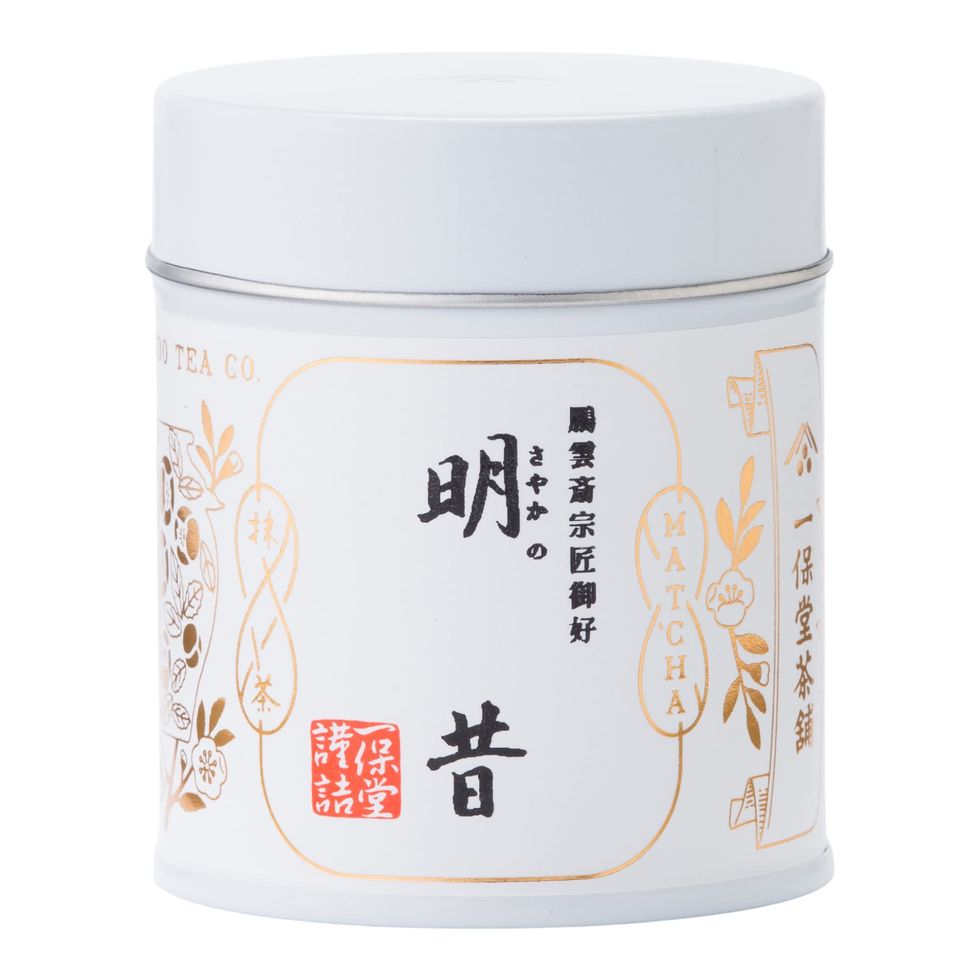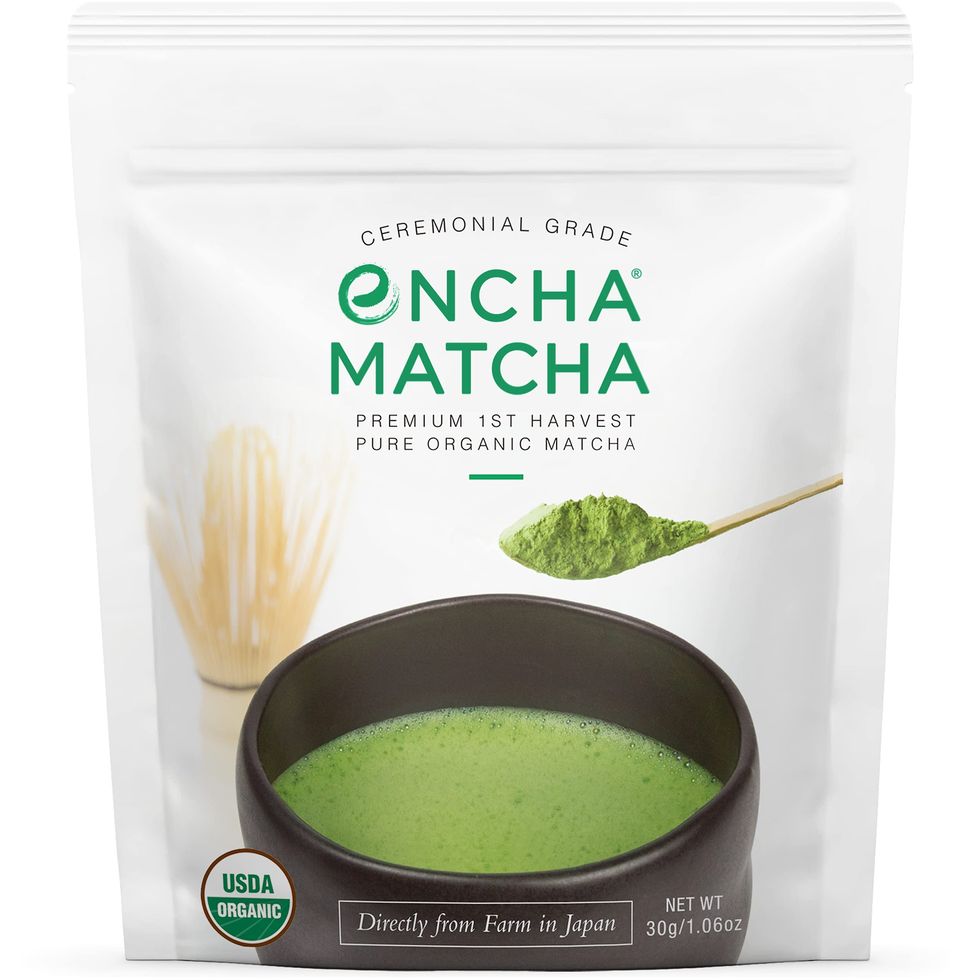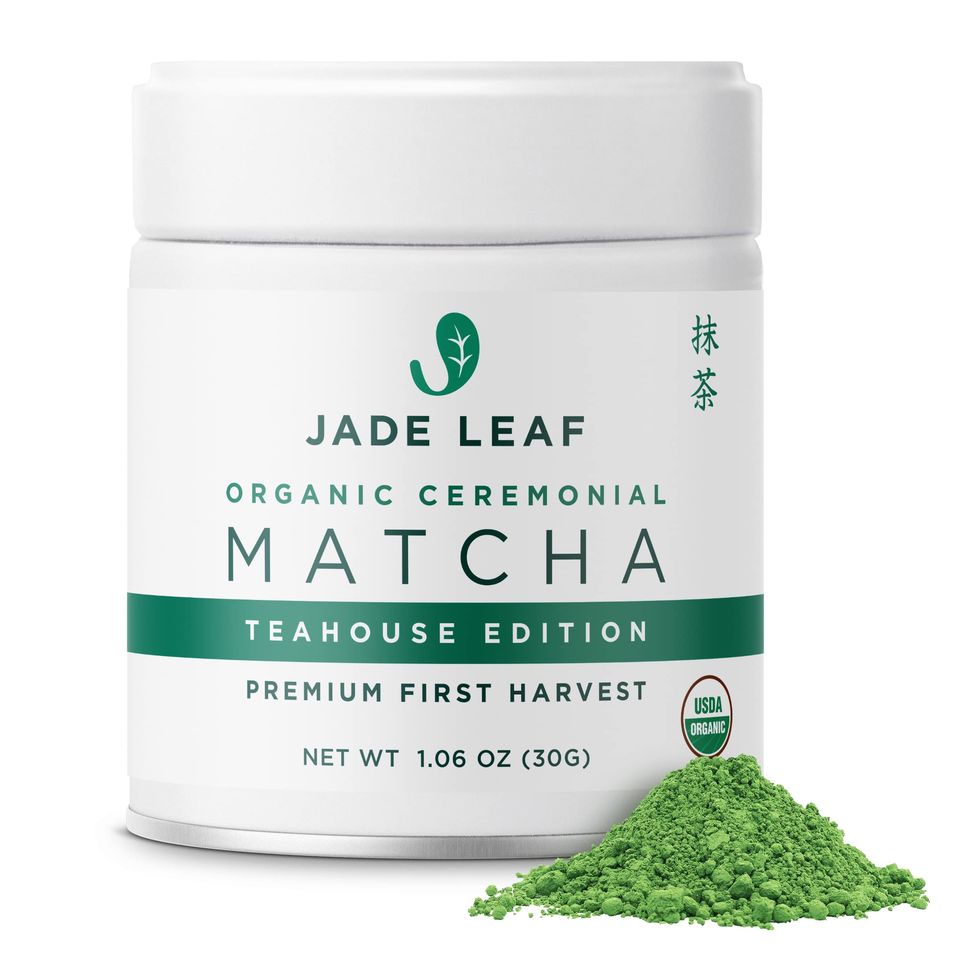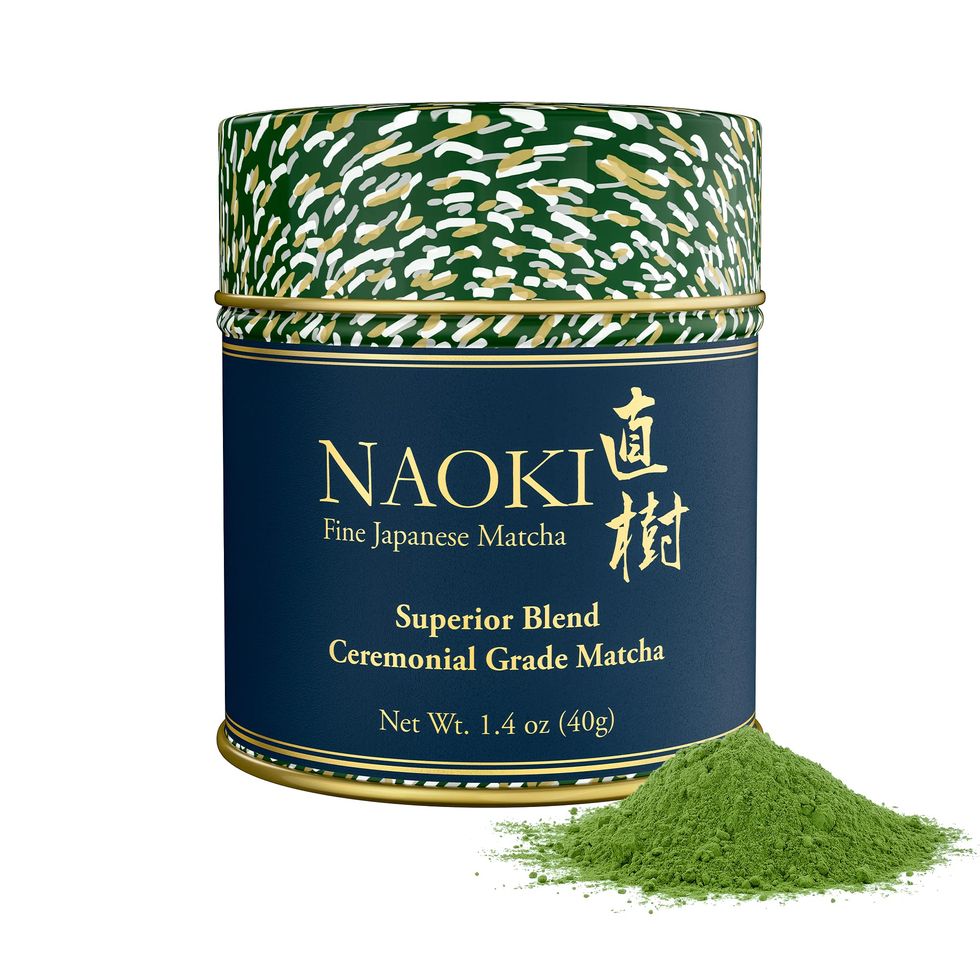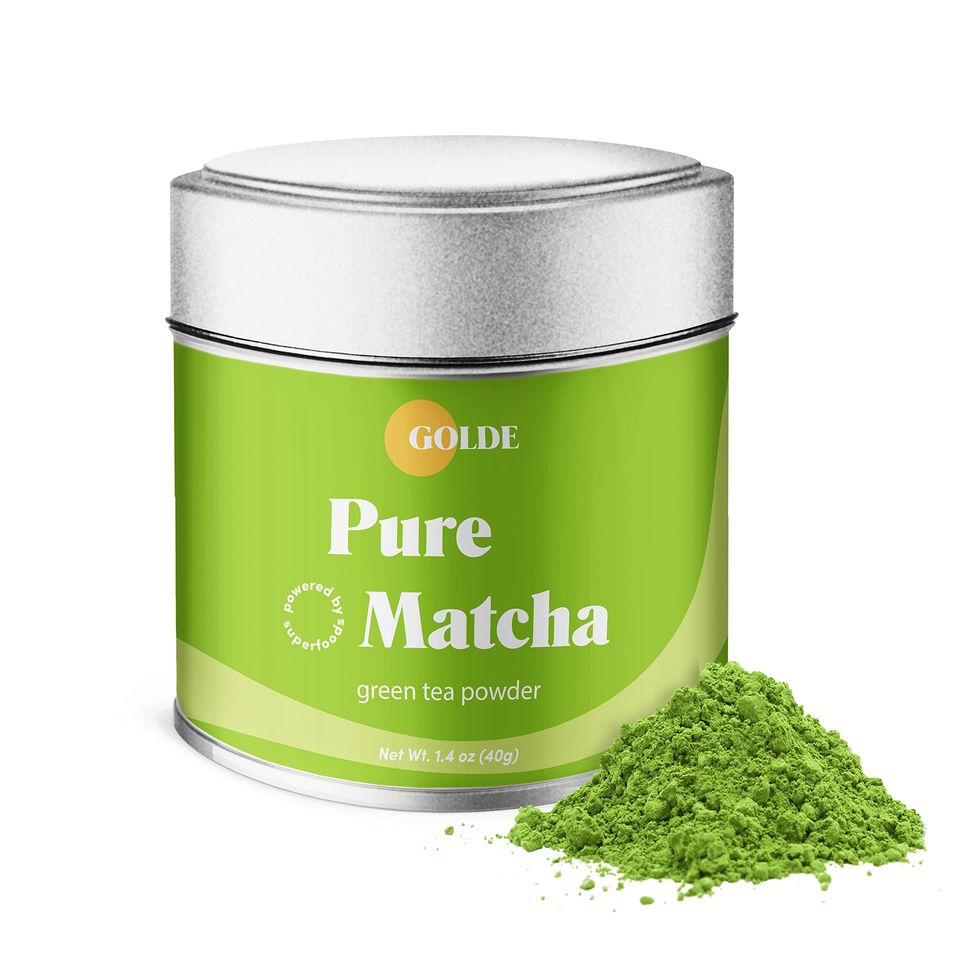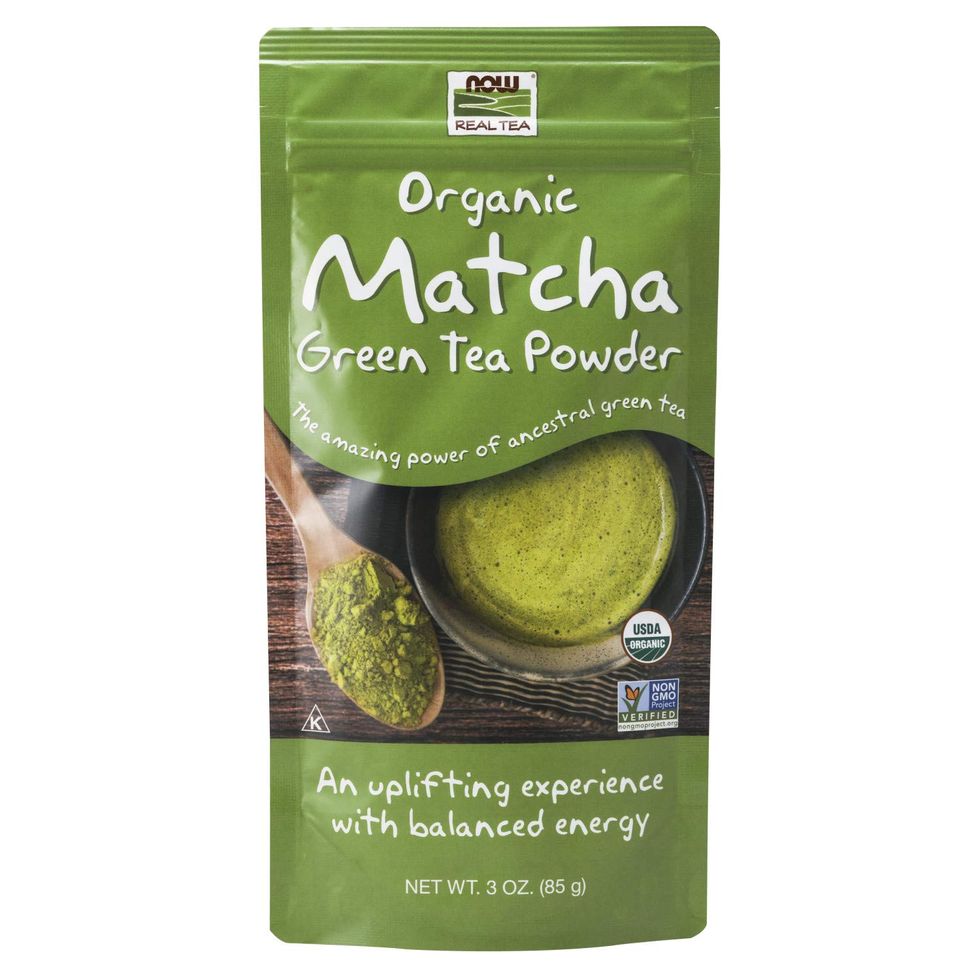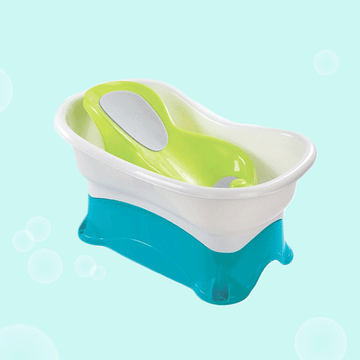We've been independently researching and testing products for over 120 years. If you buy through our links, we may earn a commission. Learn more about our review process.
10 Best Matcha Powders of 2023, According to Registered Dietitians
Our top picks for the best unmatched quality, flavor and grade.

Derived from finely ground tea leaves, with its bright green color and calming taste, matcha is gaining popularity because it offers a smoother caffeine experience than coffee without the jitters. Its origins lie in Zen Buddhism where it was used in tea ceremonies and as a tool for meditation. In its finest form, matcha takes the name ceremonial from its origins and can be consumed either hot or iced. Culinary matcha, on the other hand, is primarily used in baking but can occasionally be found in drinks as well. Packed with antioxidants, matcha has been promoted for offering such health benefits as improved cognitive performance and heart health as well having anti-cancer properties.
"Matcha is basically green tea in powdered form, however its nutritional profile differs due to the slight difference in the way each is grown and processed," says registered dietitian Sydney Greene, MS, RDN, founder of Greene Health. "Green tea leaves are steamed, stemmed and ground into a powder form known as matcha." Unlike traditional tea bags that are removed after steeping, matcha powder is made from the entire leaf, which you are consuming, and leads to the higher antioxidant consumption.
The Good Housekeeping Institute’s Nutrition Lab tested dozens of matcha powders to bring you the best of the best. We tested multiple top-selling matcha tea brands by analyzing ingredient lists, taste, popularity and flavor profiles including bitterness, sweetness and umami. All of our picks hit the mark when it comes to taste, quality, flavor and packaging claims. We favored organic and non-GMO options, and looked for sustainably sourced ingredients.
Our top picks:
You can learn more about how we tested matcha powders at the end of this guide, as well as the health benefits. If you're in search of additional health and wellness focused supplements and antioxidants, check out our picks for best turmeric supplements, best greens powders and best probiotics for women.
Amy (she/her) is a registered dietitian with the Nutrition Lab at the Good Housekeeping Institute, covering nutrition- and health-related content and product testing. She holds a bachelor's degree in journalism from Miami University of Ohio and a master's degree in clinical nutrition from NYU. Prior to Good Housekeeping, she worked at one of the largest teaching hospitals in New York City as a cardiac transplant dietitian. She has authored numerous chapters in clinical nutrition textbooks and has also worked in PR and marketing for food company start-ups.
Watch Next


The Best Window Air Conditioners for Your Home
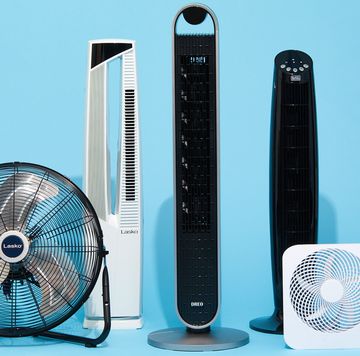
9 Best Fans of 2023 to Cool Your Whole Home

4 Best Car Buffers of 2023

21 Best College Backpacks of 2023
